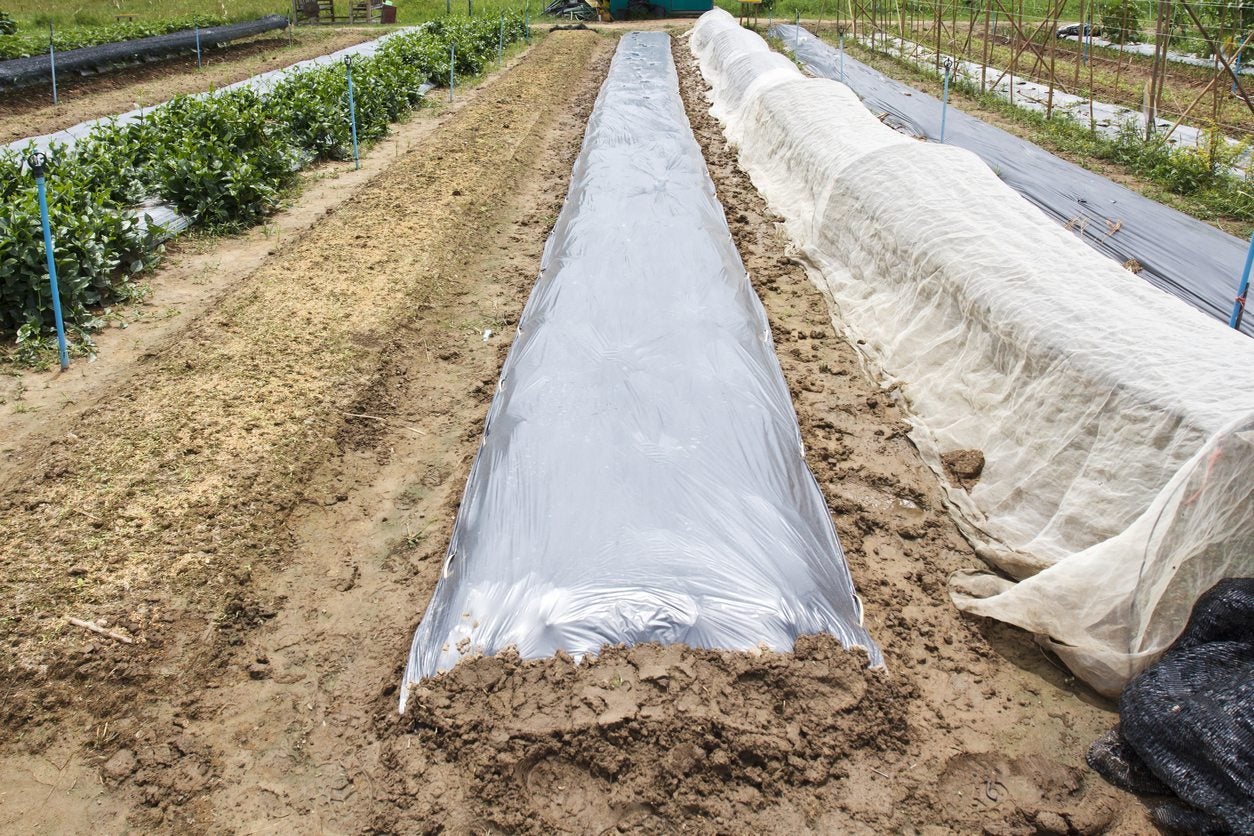Cold Soil Solutions – Tips For Warming Up Soil In The Spring


As winter drags on, gardeners are thinking about spring. The earlier we can get out there growing, the better. You can actually help warm up your soil quicker so that you can start planting sooner. Cold soil solutions are simple and easy to implement.
Why Warming Soil for Early Planting Makes Sense
For your perennials and flowers, there is really no need to get started early with growing, but for your vegetable garden, why not get some of your early plants in the ground even earlier? It is possible to make your soil conditions just right for some of those hardy early vegetables like greens, radishes, peas, and beets. Warming up soil in late winter or early spring means that you can start these vegetables early and get a harvest sooner. Starting earlier will also allow you to get more harvests out of your growing season or will give you more space to start growing your summer and warmer weather plants. Hardy, early plants can start growing when soil temperature has reached about 44 degrees F. (7 C.) for a consistent period.
How to Pre-Warm Soil
First, it’s important to have the right kind of soil and moisture levels. Even soil with plenty of organic matter and good drainage will hold onto just enough water to keep the soil warmer than dirt that is bone dry. Having water in the soil—but not enough to saturate it—will allow it to absorb and hold onto daytime heat better. Of course, that won’t be enough for most climates. To really warm up the soil, you need some artificial methods. Cover the soil with plastic sheeting and leave it in place for about six weeks. This is approximately how much time is required to heat the soil enough for early plantings. Once you’re ready to sow, take off the cover, pull any weeds, and sow the seeds or transplants. Then recover if it’s still cold outside. Be sure to weight the plastic firmly while warming up soil to ensure it stays in place. Keeping soil warm over winter is another option for gardeners living in areas where winters are not too harsh. It seems counterintuitive, but don’t use mulch over the soil. This will prevent the soil from absorbing heat from the sun during the day. Instead, till the soil around your plants to loosen it up to a depth of 2 or 3 inches (5-8 cm.); this will help it better absorb heat. Sprinkle dark compost over the surface as well to absorb more heat. If these methods aren’t enough, you can also use the plastic sheeting to hold in heat. Whether you’re warming up for an early spring or holding heat in over a mild winter, warming the soil is possible, and is a move that will reap great rewards come harvest time.
Gardening tips, videos, info and more delivered right to your inbox!
Sign up for the Gardening Know How newsletter today and receive a free copy of our e-book "How to Grow Delicious Tomatoes".

Mary Ellen Ellis has been gardening for over 20 years. With degrees in Chemistry and Biology, Mary Ellen's specialties are flowers, native plants, and herbs.